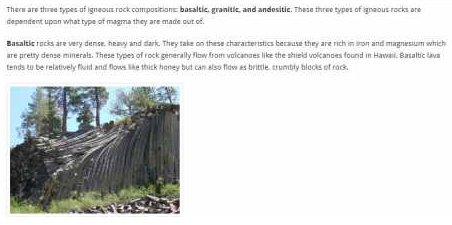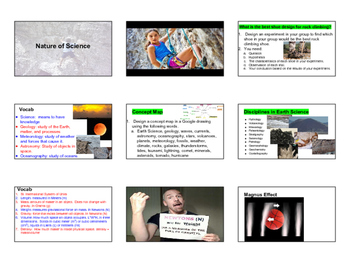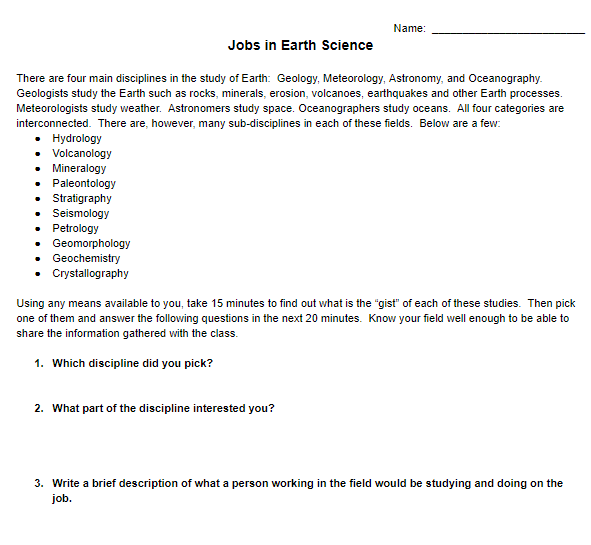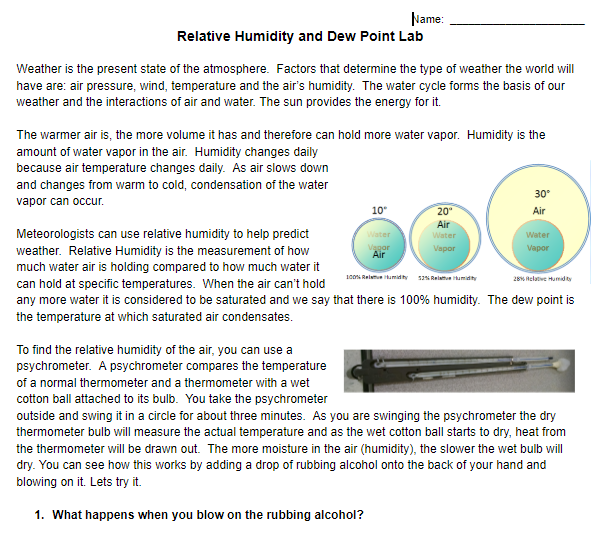Why do trees have rings? Video
In this informative video, the question "Why do trees have rings?" is explored in detail. The presenter delves into the fascinating topic of tree ring dating, highlighting its significance in determining artifact ages. Additionally, the video touches upon tree species that lack rings and enlightens viewers on methods for determining the relative age of trees.
For more science videos, worksheets, labs and activities keep exploring EducationalResource.org.





